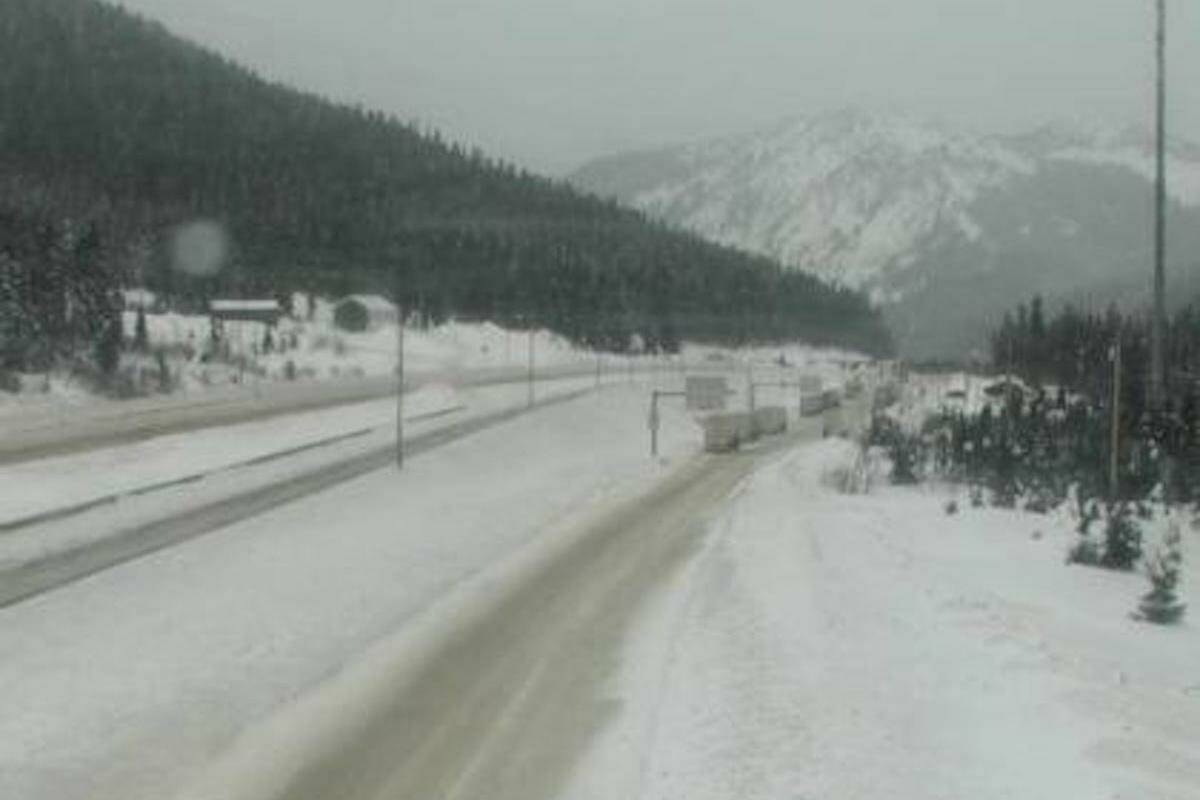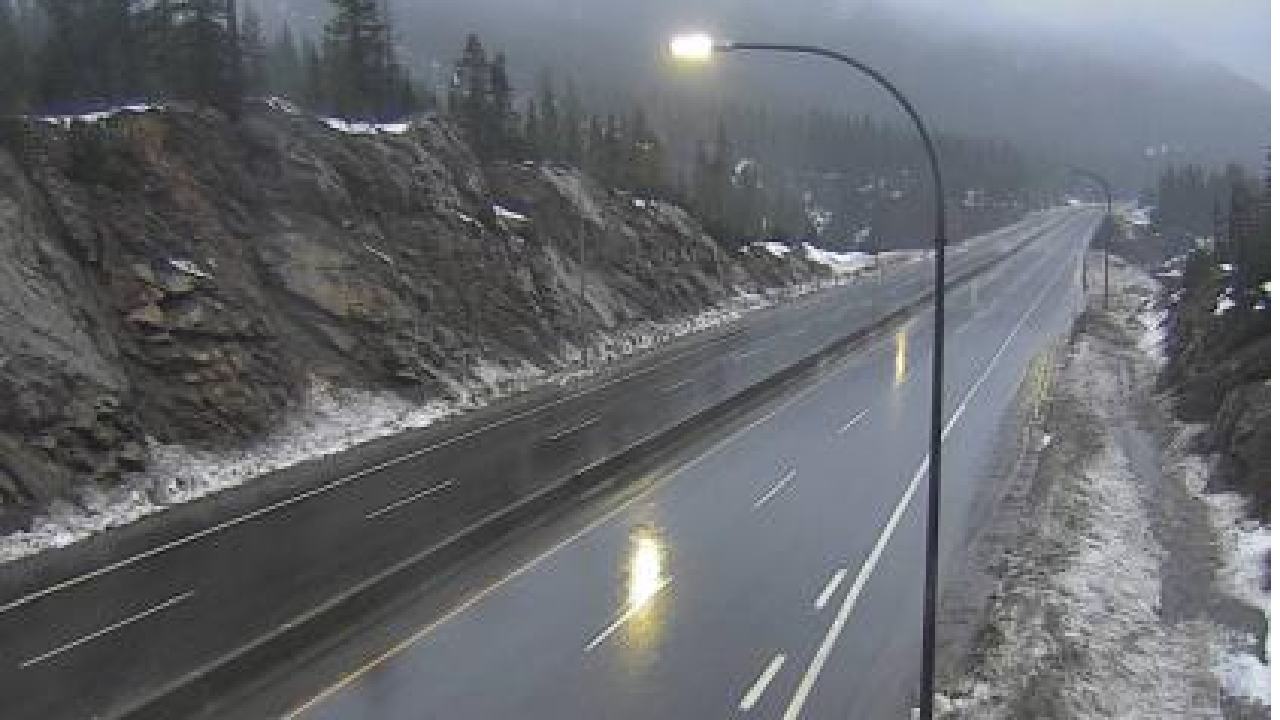Coquihalla weather camera feeds provide invaluable real-time insights into conditions along this challenging mountain highway. Understanding the technology behind these cameras, how to access their data, and how to interpret the images is crucial for safe travel. This information empowers drivers to make informed decisions, enhancing their journey and ensuring a safer experience on one of British Columbia’s most scenic – and potentially hazardous – routes.
The Coquihalla Highway’s demanding terrain and variable weather patterns necessitate reliable sources of information. This resource explores the role of weather cameras in providing crucial real-time data, supplementing traditional weather forecasts and road reports. We will delve into the technical aspects of the cameras, methods for accessing and interpreting the data, and ultimately, how this information contributes to safer travel on the Coquihalla.
Coquihalla Highway Weather Cameras: A Comprehensive Overview: Coquihalla Weather Camera
The Coquihalla Highway, a vital transportation artery in British Columbia, Canada, presents unique challenges due to its mountainous terrain and unpredictable weather. Understanding the weather conditions along this route is crucial for safe travel. This article provides a detailed look at the Coquihalla Highway, the functionality of its weather cameras, how to access and interpret the data they provide, the impact of weather on highway safety, and alternative information sources available to drivers.
Coquihalla Highway Overview

The Coquihalla Highway (Highway 5) traverses the challenging terrain of the Cascade Mountains in British Columbia. Its elevation varies significantly, leading to diverse and often extreme weather conditions throughout the year. The highway’s winding roads and steep grades exacerbate the risks associated with adverse weather. Real-time weather information is therefore critical for drivers to make informed decisions and ensure their safety.
Monitoring the Coquihalla Highway’s weather conditions is crucial for safe travel, often relying on strategically placed cameras. The importance of reliable aerial surveillance is highlighted by recent events, such as the drone crashes in New Jersey , which underscore the need for robust safety protocols. Understanding these incidents helps inform the maintenance and safety procedures surrounding the Coquihalla weather camera network, ensuring continued reliable data for drivers.
| Section Name | Elevation Range (meters) | Typical Winter Conditions | Typical Summer Conditions |
|---|---|---|---|
| Hope to Merritt (Lower Section) | 200-800 | Snow, ice, freezing rain, fog, occasional high winds | Warm, dry, sunny with occasional thunderstorms |
| Merritt to Kamloops (Mid-Section) | 800-1200 | Heavy snowfall, ice, blizzard conditions, strong winds | Warm, sunny, with potential for afternoon thunderstorms |
| Summit Section | 1200-1600 | Severe snowfall, ice, black ice, extremely strong winds, potential for whiteout conditions | Pleasant, sunny with cooler temperatures, occasional rain showers |
Functionality of Weather Cameras

Weather cameras deployed along the Coquihalla Highway utilize a variety of technologies to capture and transmit real-time images. These cameras play a vital role in providing drivers with up-to-the-minute information about road conditions.
The cameras typically use high-resolution sensors to capture images, even in low-light conditions. Image processing techniques such as contrast enhancement and noise reduction are applied to improve visibility, especially during snow, fog, or heavy rain. Static cameras provide a fixed view, while pan/tilt cameras offer a wider range of coverage. Metadata embedded in the images, including timestamps and GPS coordinates, enhance the usefulness of the data.
Accessing and Interpreting Camera Data, Coquihalla weather camera

Coquihalla Highway weather camera feeds are accessible through various platforms, including the DriveBC website and mobile application. Users can interpret the visual information to assess road conditions, identify potential hazards, and make informed decisions about their travel plans.
Best practices include regularly checking the camera feeds before and during travel, paying close attention to snow accumulation, ice formation, visibility, and any other hazards visible in the images. Understanding the camera’s location and viewing angle is also essential for accurate interpretation.
- Mobile App UI Mockup: A mobile app displaying Coquihalla weather camera feeds could feature a map interface with location markers for each camera. Users could zoom in and out, select specific cameras, and receive weather alerts (e.g., snowfall warnings, road closures).
Impact of Weather on Highway Safety
The Coquihalla Highway faces various weather-related hazards, including heavy snowfall, ice, freezing rain, fog, and high winds. These conditions significantly impact driving safety and can lead to accidents, delays, and road closures.
Mitigation strategies include snow removal and de-icing operations, advanced weather forecasting, and proactive road closures when conditions are deemed unsafe. The effectiveness of these measures varies depending on the severity and type of weather event. For instance, during blizzards, road closures may be the only effective safety measure.
- Check weather forecasts and road reports before your trip.
- Ensure your vehicle is equipped for winter driving (winter tires, chains, emergency kit).
- Drive slowly and cautiously, maintaining a safe following distance.
- Be aware of changing weather conditions and adjust your driving accordingly.
- Avoid unnecessary travel during severe weather events.
Alternative Information Sources
Drivers should supplement weather camera data with information from other sources for a more comprehensive understanding of road conditions. These include official weather forecasts, DriveBC road reports, and social media updates from other drivers.
While weather cameras provide real-time visual information, forecasts offer predictive capabilities, and road reports provide summaries of current conditions across broader sections of the highway. Integrating these sources can provide a more complete picture of the travel situation.
- Integrated Dashboard Mockup: An integrated dashboard could display real-time weather camera feeds, current weather forecasts specific to highway sections, and DriveBC road reports. The layout would prioritize visual clarity and easy interpretation of combined information.
Safe travel on the Coquihalla Highway hinges on access to accurate and timely information. Coquihalla weather cameras, combined with other resources like official weather forecasts and road reports, offer a robust system for assessing road conditions. By understanding how to utilize these tools effectively, drivers can significantly mitigate risks and enhance their journey along this spectacular, yet challenging, route. Prioritizing safety through informed decision-making is key to a successful trip on the Coquihalla.
FAQ
What types of weather events are most frequently shown on the Coquihalla weather cameras?
The cameras most frequently show snow, ice, fog, and high winds, all common occurrences on the Coquihalla Highway.
Monitoring the Coquihalla Highway’s weather conditions is crucial for safe travel, often relying on strategically placed cameras. The unpredictable nature of weather events, however, highlights the need for robust monitoring systems, a point underscored by recent news reports, such as the drone crashes in New Jersey , which emphasize the importance of technological reliability in various contexts. This further emphasizes the need for redundancy and advanced forecasting to ensure the continued functionality of the Coquihalla weather camera system.
Are the Coquihalla weather cameras operational 24/7?
While efforts are made to maintain continuous operation, occasional technical issues or maintenance may cause temporary interruptions.
How often are the images updated on the Coquihalla weather camera feeds?
The update frequency varies depending on the specific camera and system, but generally aims for frequent updates, often every few minutes.
Where can I find real-time traffic information in addition to the camera feeds?
DriveBC is a primary source for real-time traffic information, providing updates on incidents, closures, and delays.
